Flowers in perfumery: an olfactory journey into Nature
Flowers have always been at the heart of perfumery, inspiring perfumers with their infinite palette of scents, revealing both complexity and delicacy.
Each flower has a unique olfactory signature. Some, like iris and violet with their powdery facets, wrap us in softness. Others, such as frangipani and jasmine, radiate brightness and warmth. Then there are those that bring a captivating sensuality, like ylang-ylang and tuberose.
As you can see, flowers hold an essential place in perfumery. They form a much-loved olfactory family that is popular worldwide.

The Main Floral Families and Their Characteristics
There are several types of floral scent families, some with soft, luminous trails, others more earthy and spicy.
In this blog post, let’s explore these different families and their olfactory characteristics.
Solar Flowers:
These flowers exude a radiant and warm energy, often evoking exotic or sun-soaked landscapes. Their scent can be sweet, spicy, or creamy, giving perfumes a holiday or summer warmth.
-
Frangipani: Native to tropical regions like the Caribbean and Southeast Asia, it conjures exotic beaches. Its scent is sweet, creamy, and slightly spicy. Available as essential oil or absolute.
-
Tiaré: The iconic flower of Tahiti, known for its intoxicating, sunlit, milky scent. Often associated with monoï oil. Natural but very rare.
-
Jasmine sambac: Grown mainly in India, it has greener, solar, and sometimes animal facets compared to jasmine grandiflorum (from Egypt), which is softer, rounder, and more enveloping. Found as absolute.
-
Ylang-ylang: From the Comoros and Madagascar, it has opulent floral notes, spiced and slightly leathery, adding depth and sensuality. Found as an essential oil.
Powdery Flowers:
Known for their softness, these flowers bring depth and tenderness to perfumes. They evoke comfort and warmth, often with sweet, cozy nuances. Iris is the queen of this family, offering elegance and finesse.
-
Iris: Used as iris absolute (iris butter), mainly sourced from Italy and France. Its scent is soft, woody, and powdery, with buttery hints.
-
Violet: Its rare absolute is extracted from leaves rather than flowers. The flower’s delicate scent is often recreated using ionones, molecules with a sweet, powdery, candy-like scent.
-
Mimosa: Native to southern France, its scent is honeyed, powdery, and slightly green, adding a cottony softness to compositions.
Spicy Flowers:
These flowers bring earthy, piquant facets to perfumes. Perfect for adding character and warmth, they create a deep and intriguing ambiance, often suited to oriental or amber creations.
-
Carnation: From the Mediterranean, it offers a peppery, lightly floral scent, adding spiced depth to perfumes.
-
Immortelle: Found mainly in Corsica and Italy, it has a warm, spicy scent reminiscent of curry and honey, ideal for oriental and amber accords.
Creamy and Opulent Flowers:
These flowers are known for rich, heady aromas that add opulence to fragrances. Often intense and narcotic, they create sensual and profound compositions.
-
Tuberose: Native to Mexico and India, intensely floral and heady, with honeyed and narcotic facets.
-
Gardenia: Rich and creamy scent with a slight green and fruity touch, evoking warm summer nights. Often recreated as it cannot be distilled.
-
Narcissus: Native to Europe, its rare absolute has a deep, green, slightly animalic scent.
Fresh and Delicate Flowers:
This family consists of light, crystalline flowers typically linked with spring’s sweetness. Their fresh and airy scent is ideal for light and elegant creations.
-
Lily of the valley: A spring flower with a crystalline, green, slightly soapy scent. Recreated using synthetic molecules.
-
Orange blossom: Extracted from the bitter orange tree, soft, radiant, and slightly honeyed. Adds brightness and elegance to floral perfumes.
-
Magnolia: Delicate, lemony, and slightly fruity. Loved for its freshness, lightness, and cheerful scent.
Flowers at Kanopé
At Kanopé, we highlight these perfumery stars through several creations. Here are some examples:
-
Pas à Pas: Built around jasmine grandiflorum, this perfume honours mothers who gently guide us through life. It offers comfort and softness, like a warm, reassuring embrace.
-
Nectar: Inspired by frangipani, it pays tribute to this exotic flower that evokes holidays and tropical landscapes. Its sweet, creamy scent brings instant escape and well-being.
-
Secret: Centered around Moroccan rose, a rich and mysterious flower. It captures the essence of a cherished memory and a dear person. A floral, captivating scent full of mystery.
-
Tandem: Highlights magnolia with its delicate freshness and lemony notes. An invitation to lightness and joy, reminding us to cherish every little moment.
-
Serge: Features osmanthus, with fruity notes reminiscent of apricot and vegetal leather undertones. Iris and mimosa add powdery softness to its leathery facets, creating a fragrance of both strength and tenderness.
-
Blossom: Celebrates the rebirth of nature in Montréal after long winters, with blooming flowers. A floral cocktail featuring rose de mai and magnolia. A sparkling, springtime fragrance.
The Art of Elevating Flowers
Flowers continue to inspire perfumers around the globe. They lie at the heart of countless creations, whether for their sweetness, sensuality, or freshness. At Kanopé, we take pride in honouring these natural wonders through perfumes that capture their unique essence. Whether it’s Pas à Pas, celebrating the beauty of jasmine grandiflorum, or Nectar, evoking the exoticism of frangipani, each perfume invites you on an olfactory journey.
Flowers are more than ingredients: they connect us to our deepest emotions and memories. And you, what flower makes you dream?


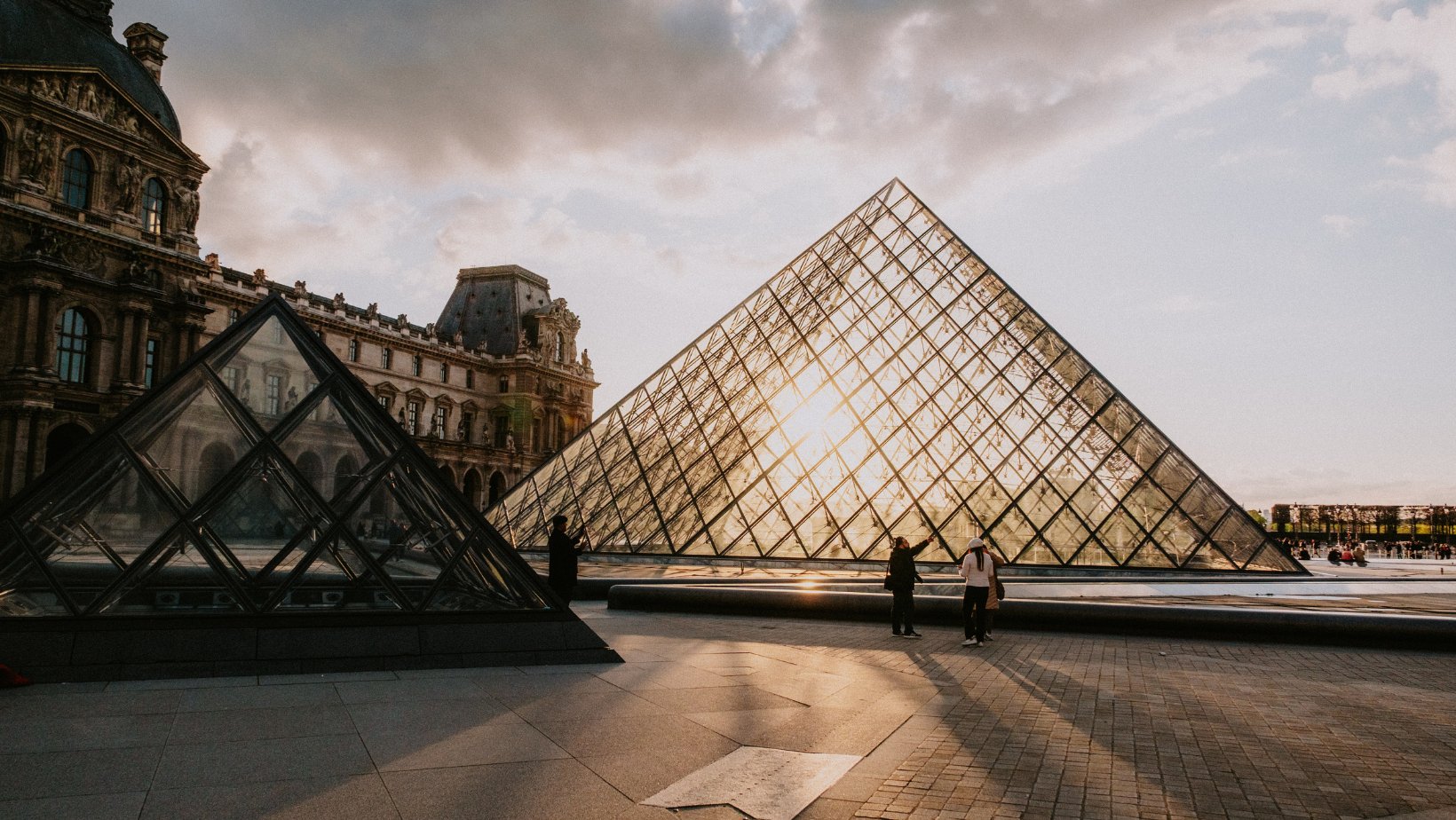



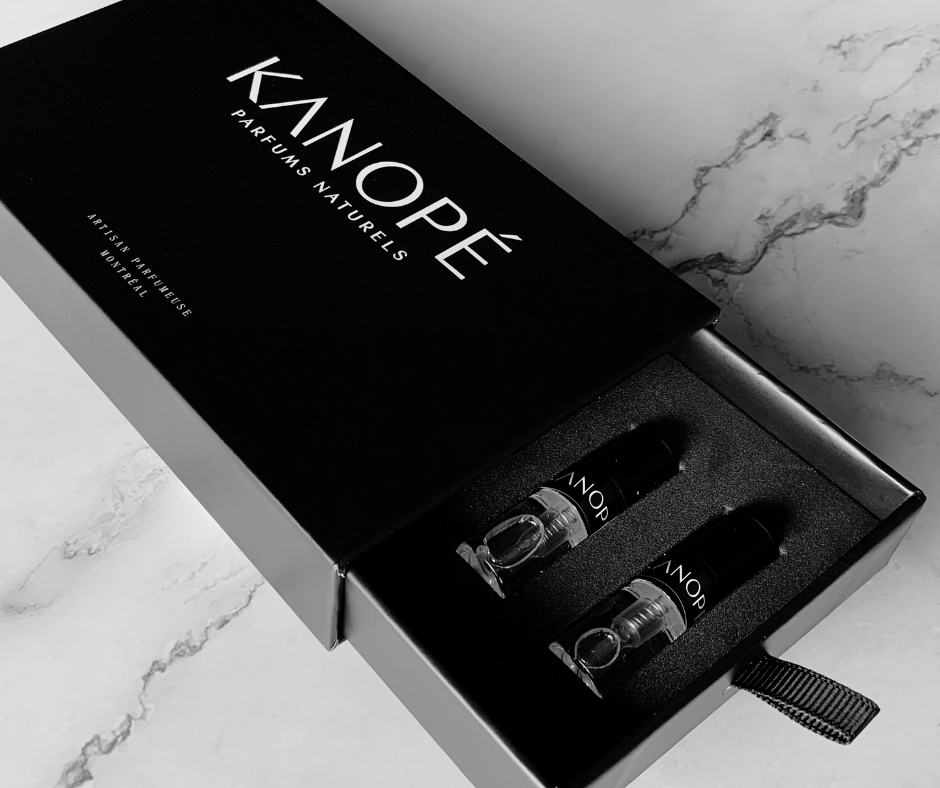

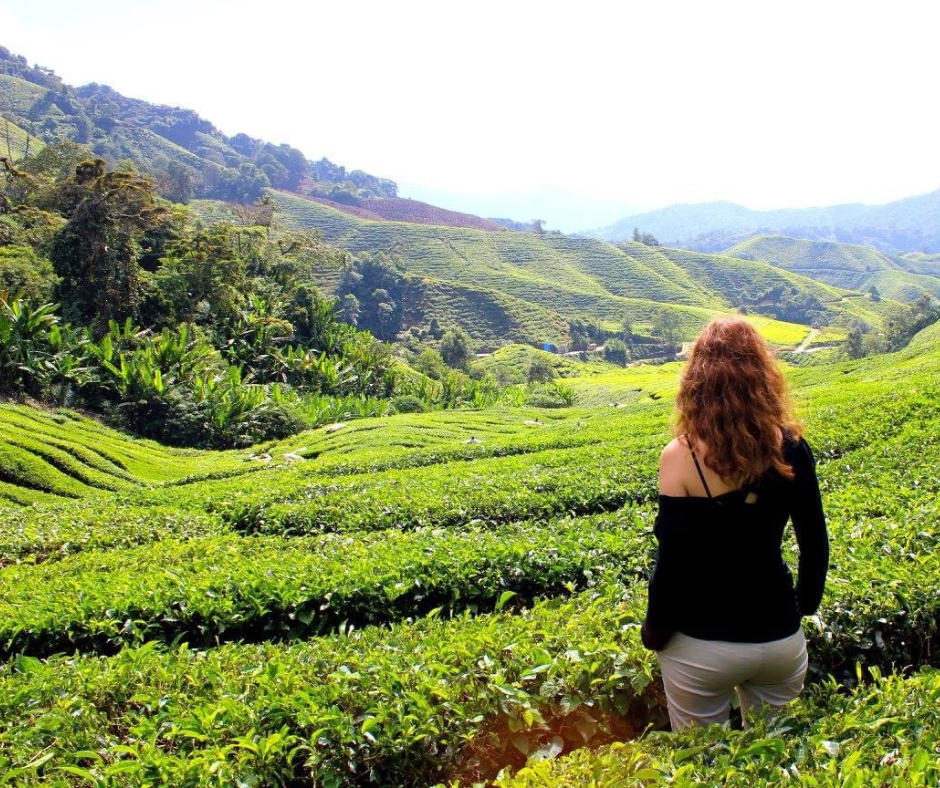
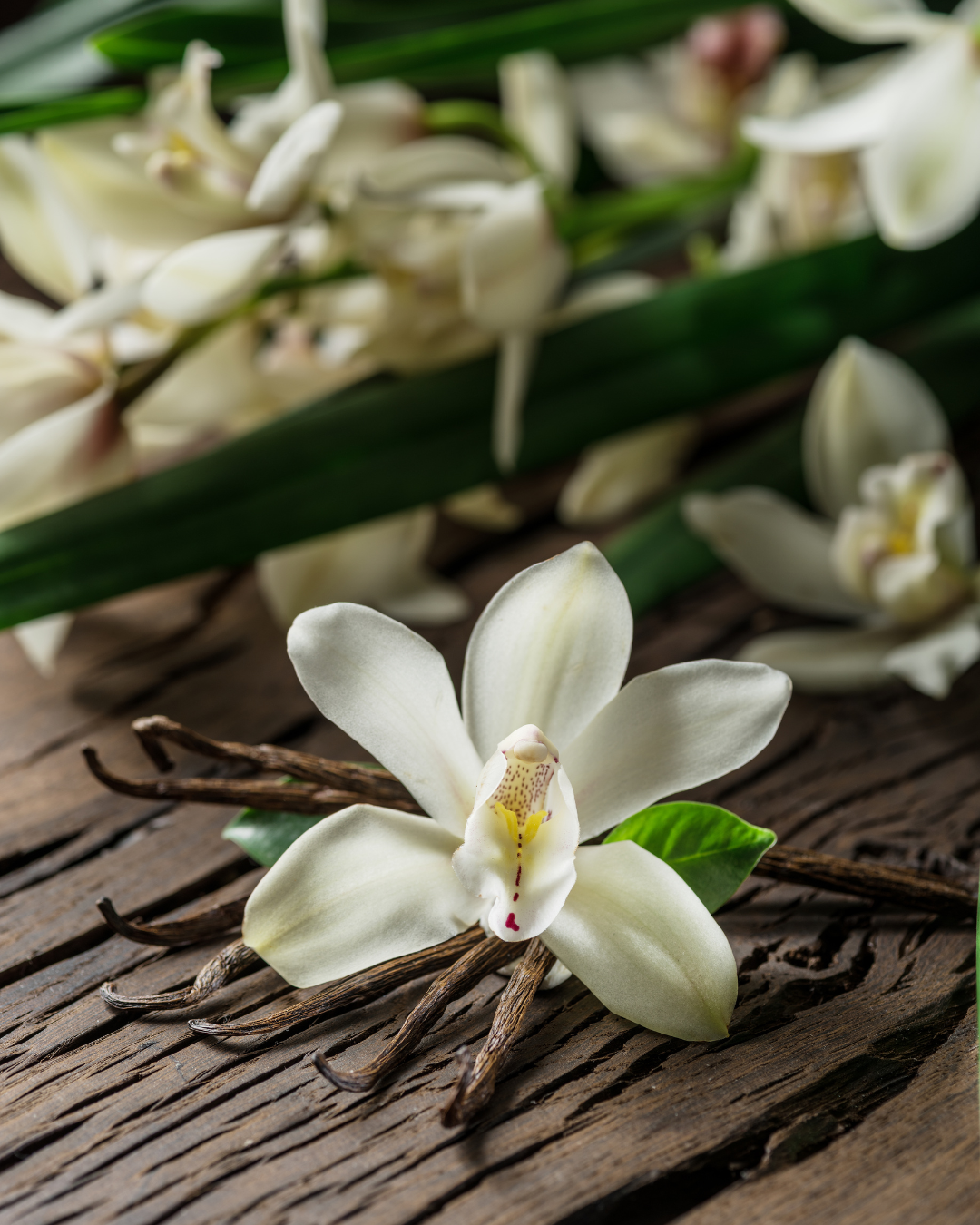
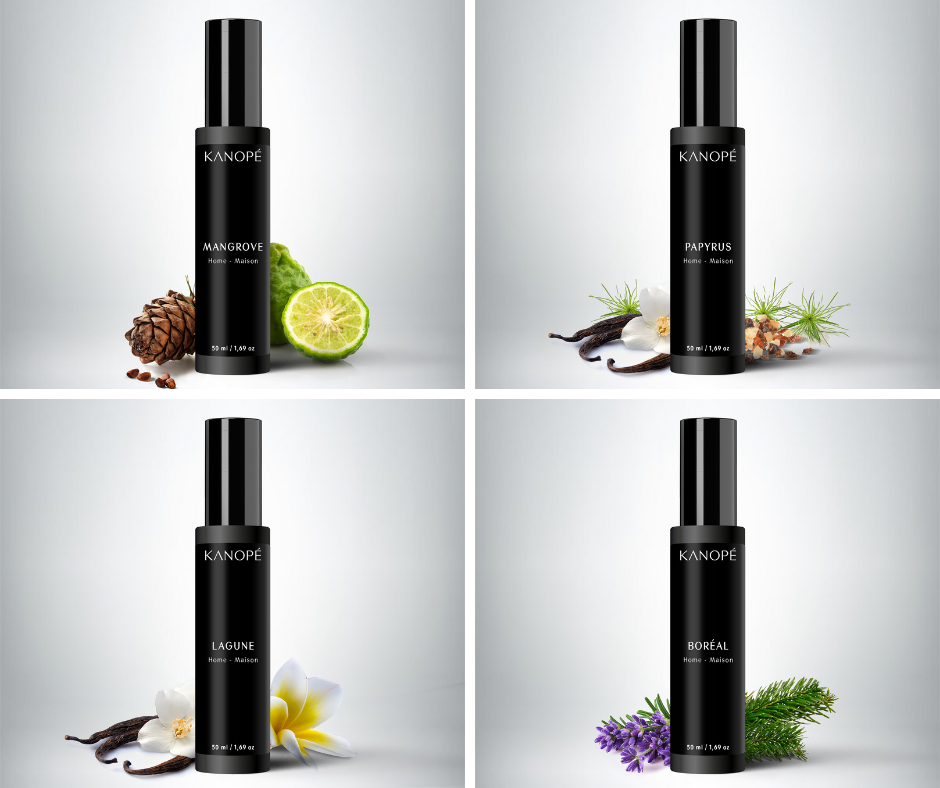
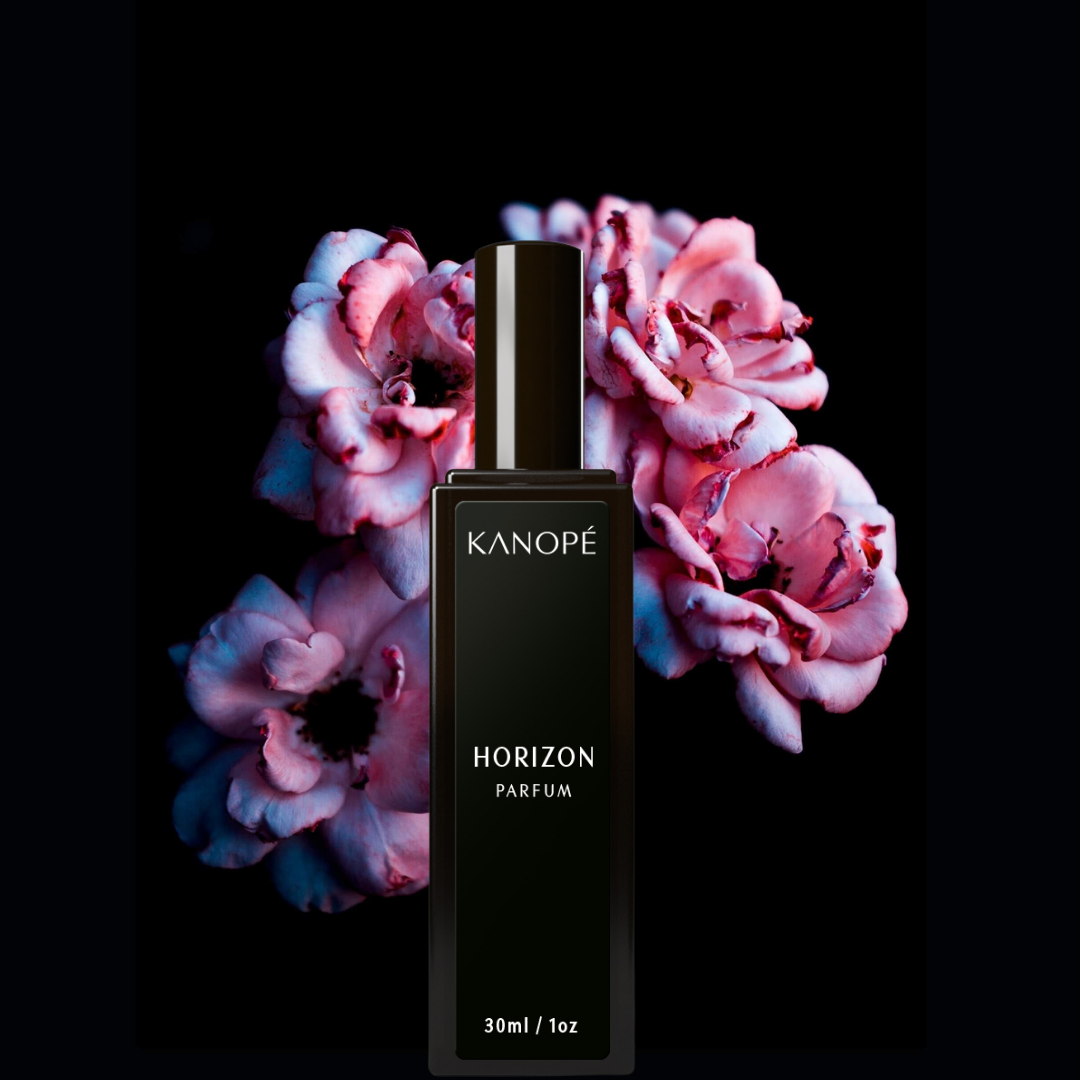
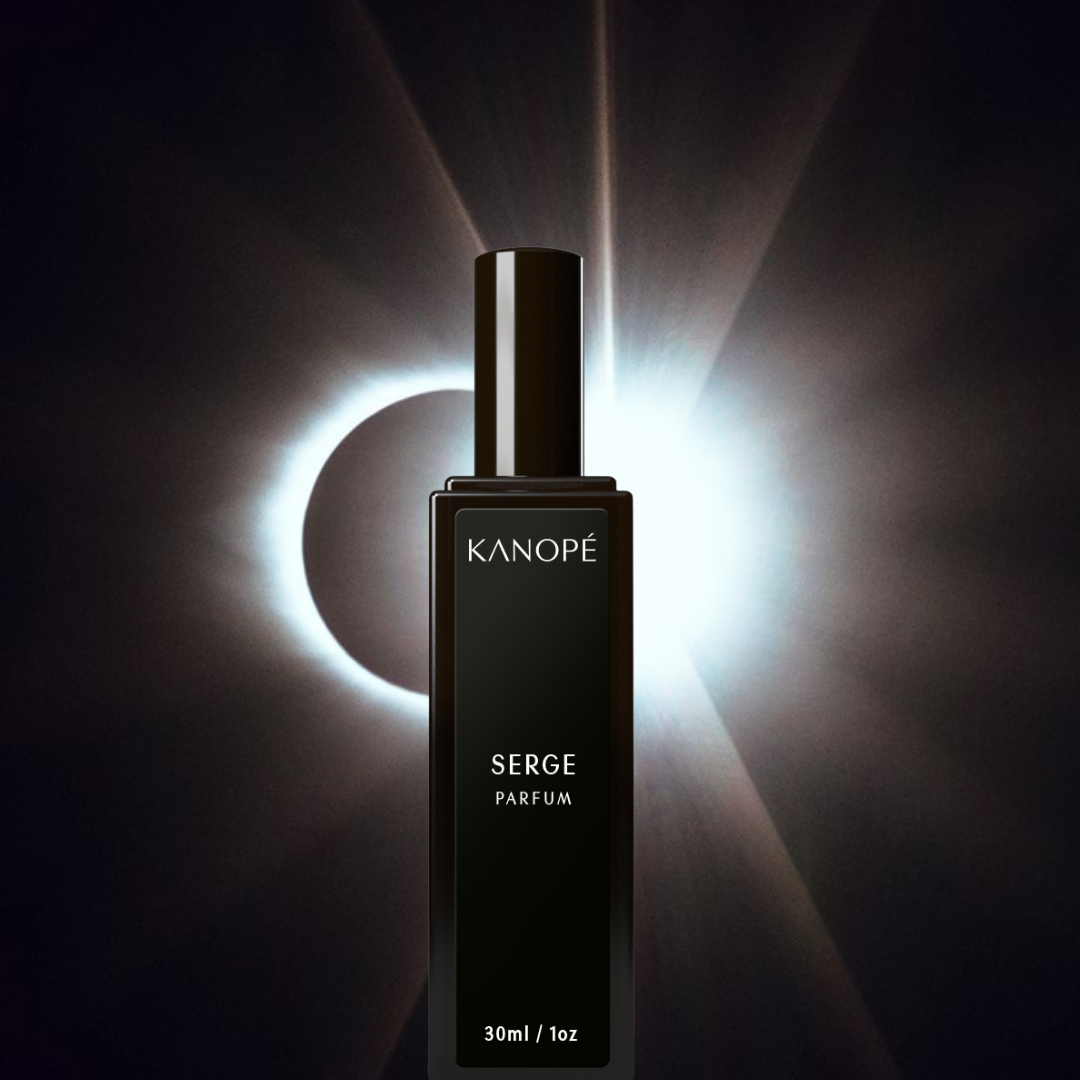
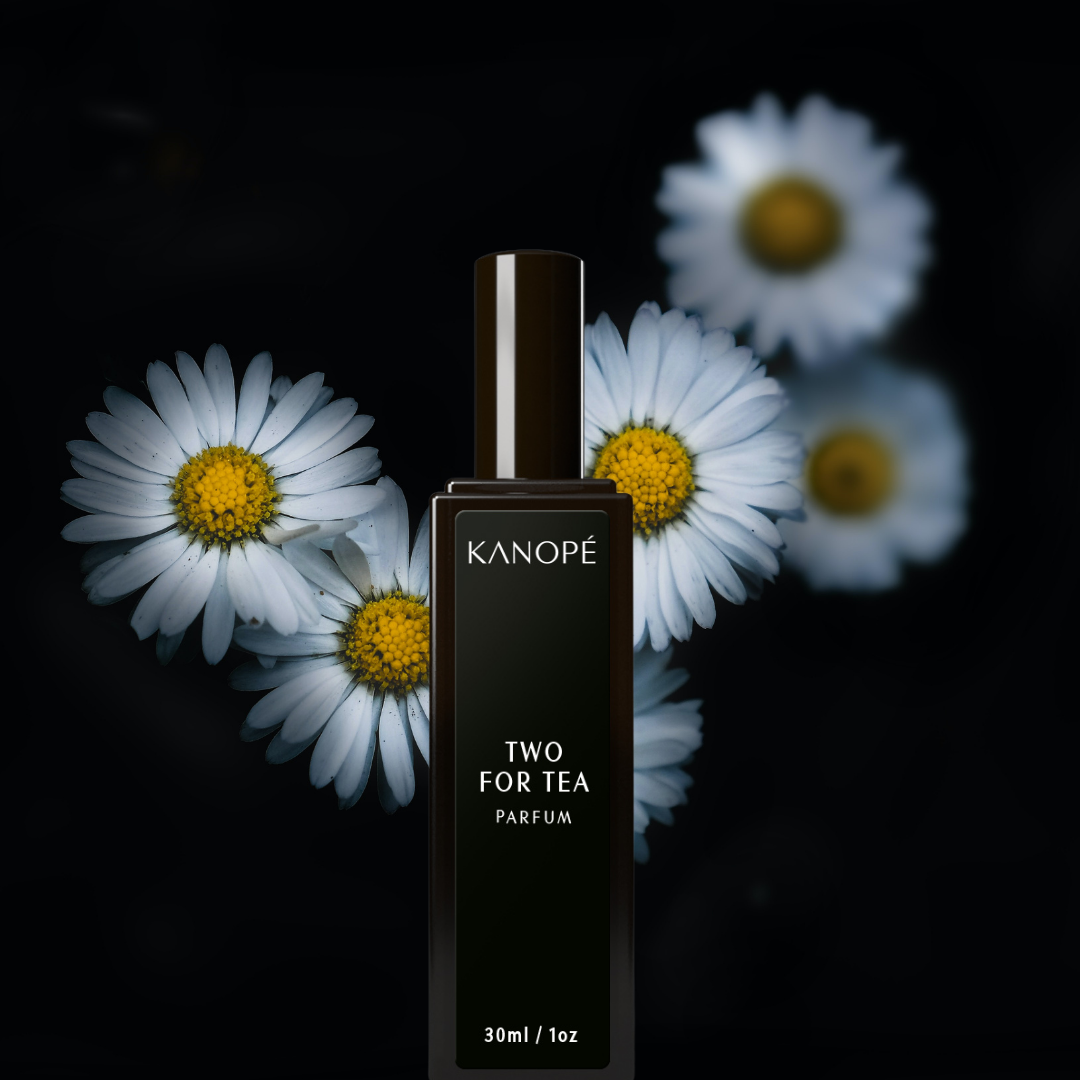
Leave a comment